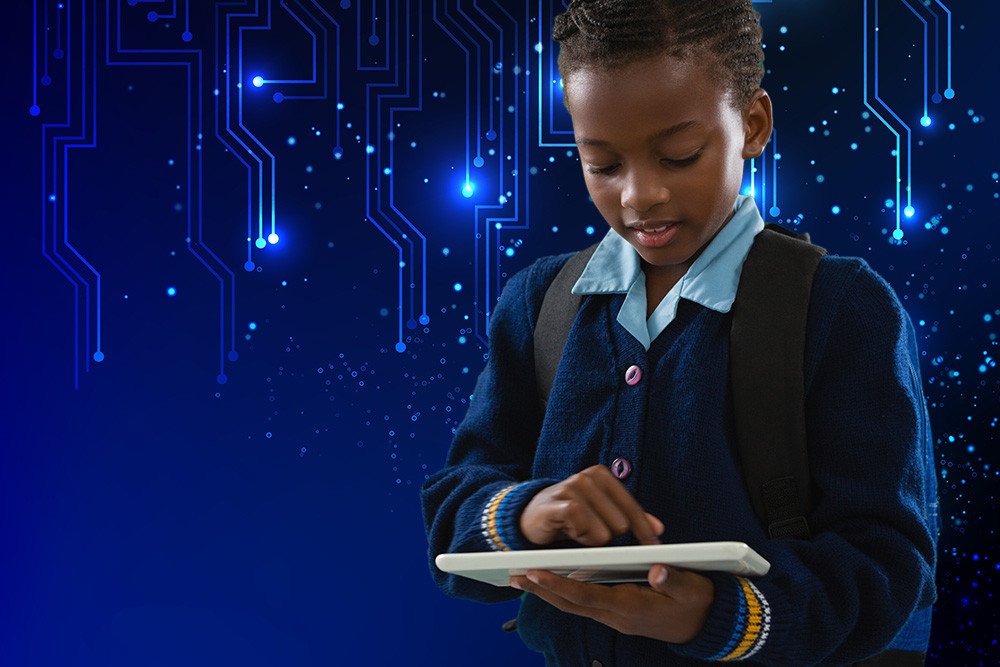The term ‘fourth industrial revolution’ (4IR), coined by Professor Klaus Schwab, founder and executive chairman of the world economic forum, seems to have gone viral resulting in all spheres of public life being infected with the confusion that this ‘new’ revolution brings. Many politicians, policy makers, teachers and even clergymen feel the need to include 4IR as a ‘buzzword’ in their speeches, policies, lessons and sermons, but tend to do so without fully comprehending the nuances of the technologies involved, or the social impact that these technologies will have.
Many scholars argue that 4IR is merely a natural extension of the third industrial revolution, which was a digital revolution. Regardless of whether or not they subscribe to the arguments on either side, many teachers are still grappling to comprehend technologies associated with the third industrial revolution, and don’t know how to effectively use these technologies when they teach. Teachers are now expected to prepare learners for a world that is volatile, uncertain, complex, and ambiguous. In this article I share my thoughts on how teachers could approach the teaching of content and skills to empower children to thrive in a rapidly changing world.
Before we can start to design lessons that include aspects of 4IR we first need to clearly define what the fourth industrial revolution is. This ‘new’ industrial era is characterised by technologies that blur the boundaries between the physical, digital, and biological spheres, such as cyber-physical systems. This includes technologies such as artificial intelligence, machine learning, bioengineering, robotics, the Internet of things, autonomous vehicles, 3D printing, nanotechnology, and quantum computing.
One of the major fears of 4IR technologies is the possibility of major job losses. This isn’t a new fear, however, as all previous industrial revolutions also instilled anxiety –in many cases these fears were realised – and will again be repeated during this industrial revolution. Futurists attempt to console by emphasising that automation doesn’t lead to replacement of jobs but rather replaces tasks. However, as with previous industrial revolutions, we will again see the creation of jobs that currently do not exist. How can teachers then adequately prepare learners for a world that is rapidly changing?
Knowing subject content will remain the basis of learning for the foreseeable future, but training learners to merely remember facts and regurgitate these facts in high-stakes assessments such as exams and tests serves little purpose. Google has replaced the teacher as the oracle of knowledge and we are required to redefine our role as teachers. What will become more important is what individuals will choose to do with the knowledge that they have. Those who are able to adapt to a rapidly changing world will be rewarded, whilst those who cannot will become dependent on those who drive the change.
Learners need to learn the skill of searching for relevant information, and, once found, should be able to interpret the information that will aid in solving problems. We will need to incorporate the teaching of critical thinking, collaboration, creativity, and communication in our lessons to prepare our learners to identify the charlatans from the truth-tellers. In a world susceptible to ‘deep fakes’ it will become increasingly necessary to discern quality and reliable information from deliberate falsehoods and half-truths, sometimes created by those with a sinister agenda, that could aim to mislead communities.
Author: Dr. Francois Naude - Want to know more about the author? Click here
